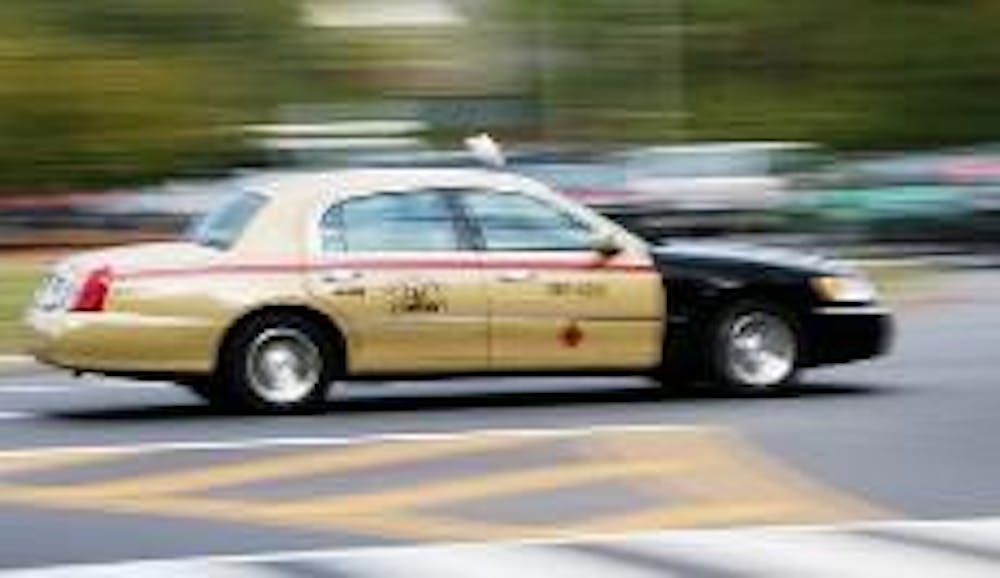Mayor Adrian M. Fenty announced Thursday a new cab fare system that will lower the minimum rate from $6.50 to $4, a breakthrough in his plan to switch the District's cabs from zones to meters by April 1.
The regulations will affect AU students who use taxis for late-night or quick transportation.
Peggy Wu, a sophomore in the School of International Service, said she only takes taxis when the Metrorail or buses stop running. So far, she says she has been satisfied with the service.
"They get me [to AU] quicker than the Metro and the shuttle," Wu said.
Fenty said the new regulations are in response to widespread dissatisfaction with the zone system and the quality of service, according to The Washington Post.
A recent report by the D.C. Taxicab Commission conducted from October 2005 to May 2006, shows that even with a minimum rate of $4, the average total zone fare is $0.97 lower than the average total meter fare. But the difference in average total zone fare varies depending on distance.
Shorter trips generally cost more in cabs operating on the zone system than in cabs on the meter system, according to the Taxicab Information Project, which is available on the Taxicab Commission's Web site. For trips shorter than 1 mile, the average total zone fare was $1.03 more than the average total meter fare.
On longer trips, passengers spend more on the meter system, the study shows. For trips 5 to 10 miles long, the average total zone fare was $3.01 less than the average meter fare. This trend reversed for trips 15 miles and longer, and the average total zone fare was $0.84 higher than the average meter fare.
Rush hour will also cost passengers more under the meter system if the cab is stuck in traffic with the meter running, said Jeremy Diamond, a sophomore in the School of Communication.
Fenty's plan details that passengers traveling during peak hours-mornings and evenings during rush hour-will be charged $1 more, raising the minimum rate to $5, according to the Post. Every minute the taxi is stuck in traffic or goes slower than 10 miles per hour will cost a quarter.
Fenty's plan is not final, said Jeffrey Schaeffer, owner of Diamond Cab Company. The D.C. City Counsel, among other governing bodies, must still finalize the regulations, he said.
Schaeffer said his company was building towards Fenty's April 1 due date.
"We're starting to get ready for then," he said.
Another issue concerns the livelihood of the drivers who are overwhelmingly independent contractors. Drivers opposed to the new regulations say it will draw big taxi companies who will pressure the city to limit the number of independent drivers, according to the Post.
Alden Utter, a senior in the College of Arts and Sciences, said he rarely takes taxis, but he believes the city government should be cautious of the types of regulations imposed on the drivers.
"Overbearing regulations on taxi drivers would not be in the interest of the city," he said.
Diamond believes that despite an insignificant change in fare costs, the meter system will provide a fair ride for passengers and drivers. Even tourists will benefit.
"The meter system is fair, and it discourages [passengers and drivers from] attempts to beat the zone system," he said. "Passengers from out of town will know what they're paying"





